Forget the Plastic Skeletons: A Grower’s Guide to Genuinely Spooky Houseplants
I’ve spent a good chunk of my life with my hands in the dirt, running a small specialty greenhouse and watching plant trends come and go. But one thing is constant: our urge to bring a bit of nature indoors, especially around the holidays. When October rolls around, most people grab plastic bats and synthetic spiderwebs. I’ve always believed a living plant offers a much deeper, more interesting kind of spookiness. Plus, it’s a sustainable choice that’s still beautiful long after the last piece of candy is gone.
In this article
But let’s be clear, these aren’t just props. They’re living things with real needs. The trick is to pick a plant that not only fits the seasonal vibe but can also thrive with you for years to come. This guide is built on my own experience—the successes, the failures, and all the little lessons learned in between. I’ll share what really works so you can get it right.
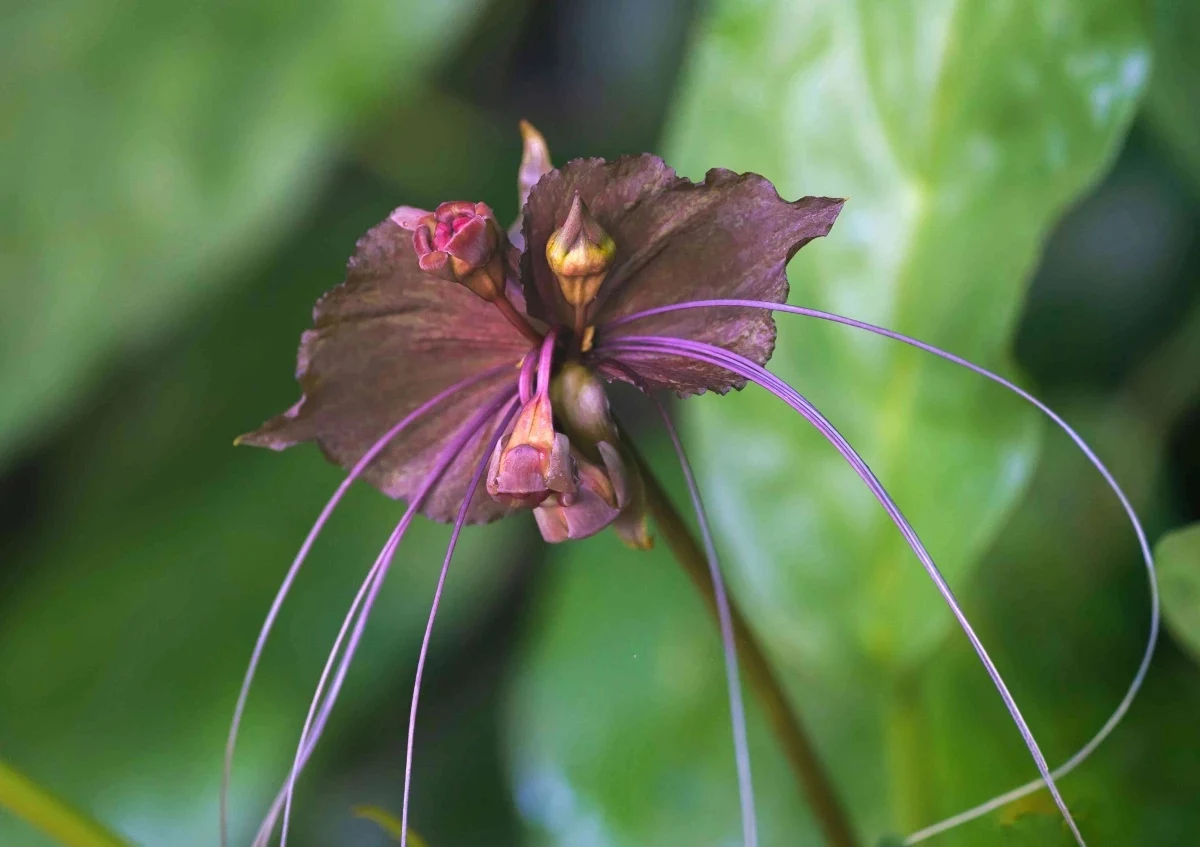
Why Do Some Plants Look So… Weird?
So, what makes a plant look “creepy” or unusual? It almost always boils down to some pretty clever survival tricks. The strange features we find so fascinating are the very things that help the plant survive in its home environment. Honestly, understanding this is the first step to becoming a better plant parent.
For instance, that deep, almost-black color you see on some plants? It comes from a high concentration of pigments called anthocyanins—the same stuff that makes blueberries blue. In some cases, it’s like a natural sunscreen, protecting the leaves from getting scorched by intense sun. For others, the dark color helps the plant soak up more warmth in cool, shady spots. It’s a look with a purpose.
And those bizarre shapes? That’s evolution in action. A great example is the Brain Cactus, which has this wild, crested growth pattern. It’s caused by a mutation that makes the growing point spread out like a fan instead of a single point. Growers have selected these for their brainy look, but that unique form creates little nooks where moisture can get trapped—a key detail for keeping it healthy.
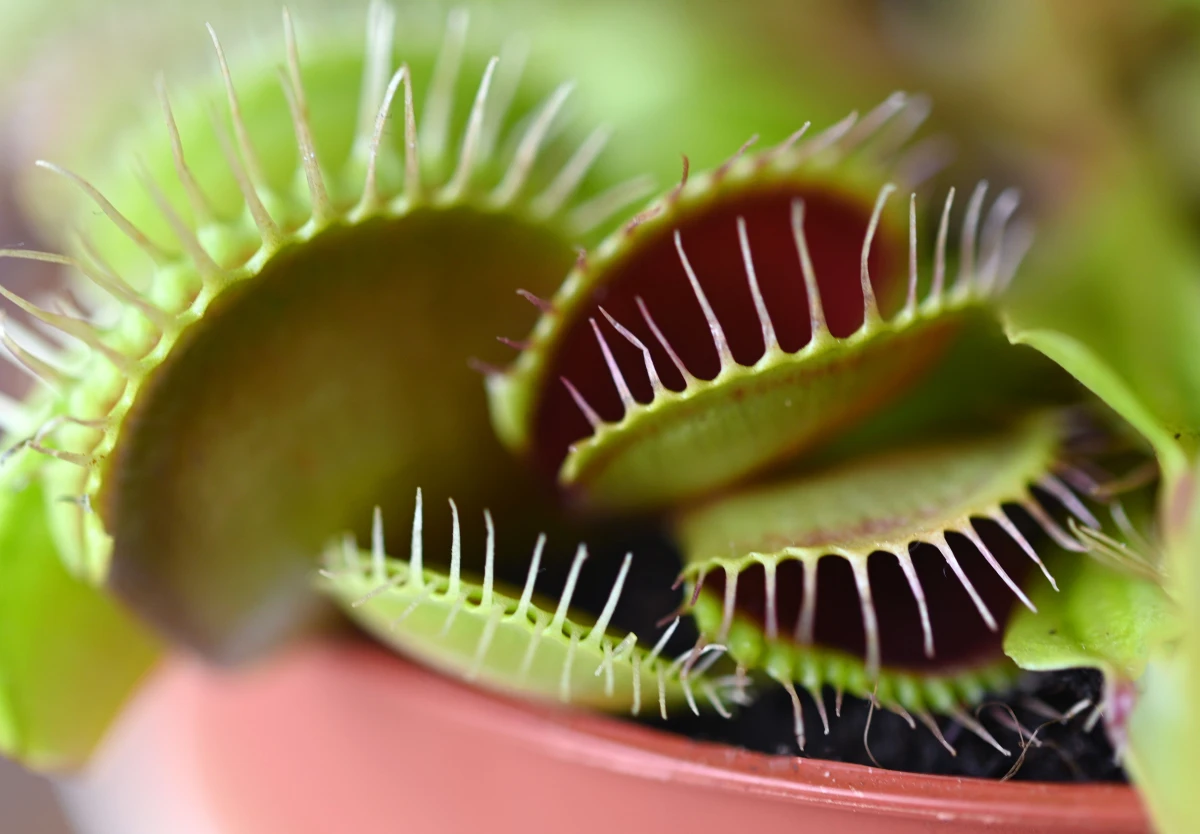
Of course, you can’t talk about spooky plants without mentioning the carnivorous ones, like the Venus Flytrap. They developed their bug-eating habit to survive in really poor, boggy soil that lacks nutrients. Their traps are actually modified leaves with tiny trigger hairs. When a bug touches two hairs, an electrical signal snaps the trap shut. It’s a brilliant piece of natural engineering you just have to respect.
My Personal Picks for Uncanny Greenery
Alright, let’s get to the good stuff. Here are the plants I recommend most often for that perfect, eerie aesthetic. I’ve reordered them from the easiest to the most challenging, so you can pick your poison, so to speak.
Heads Up! Pet & Kid Safety First.
This is super important, so I’m putting it right at the top. Some of these cool-looking plants are NOT friendly if nibbled on.
- Generally Safe: Venus Flytrap, Brain Cactus.
- TOXIC (Keep away from pets & kids!): Calla Lily, ‘Black Velvet’ Alocasia, Black Bat Flower.
Always, always check a plant’s toxicity before bringing it into a home with curious critters or children.
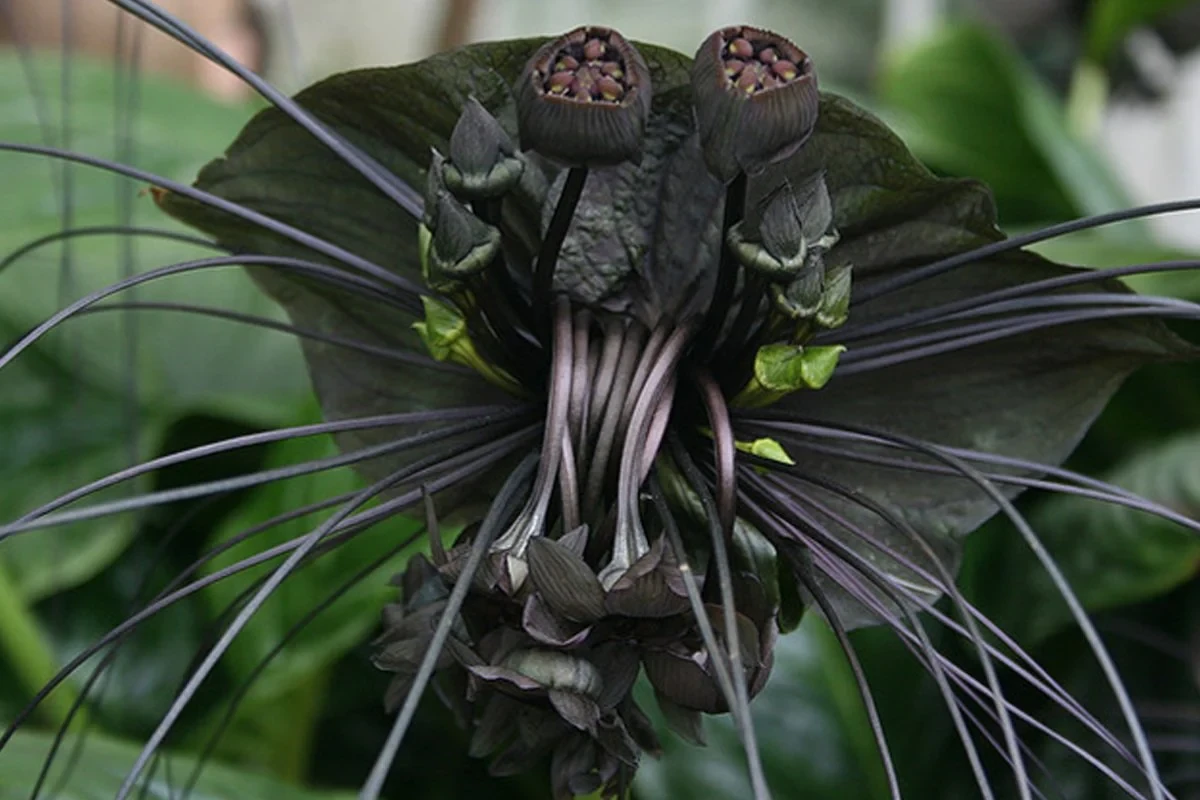
1. The Brain Cactus
This is a fantastic starting point for a spooky plant collection. It gets its name from its dense, twisting, folded growth that looks uncannily like a human brain. It’s a great textural plant that’s surprisingly low-maintenance.
Difficulty: (Very Beginner-Friendly)
Professional Care Guide:
- Light: It’s a cactus, so it craves sun. Give it as much direct sunlight as you can find—a south or west-facing window is perfect.
- Water: The biggest killer of these guys is too much love (and water). Let the soil dry out completely, and then some, before watering again. In winter, you might only water it once a month, if that. When in doubt, wait another week.
- Soil & Pot: Use a fast-draining cactus mix. You can buy it pre-made or mix your own. Pro tip: always plant it in an unglazed terracotta pot. The clay is porous and helps the soil dry out way faster, which is a lifesaver for cacti.
- Size & Cost: These stay pretty compact, usually under 6 inches tall and a foot wide, making them perfect for a shelf. Expect to pay between $15 and $40 at a local nursery or online, depending on the size.
A Common Mistake: People often water the plant from the top, getting water stuck in all its brainy folds. This is a fast track to rot. Always water the soil at the base of the plant, not the plant itself.
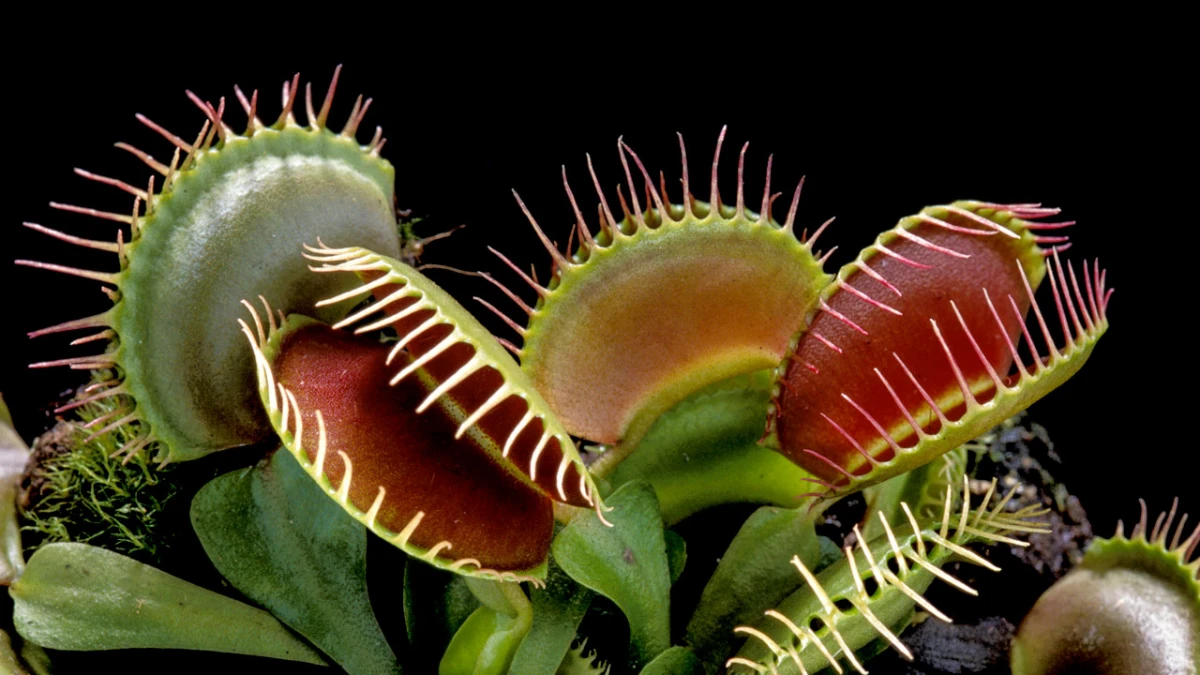
2. The Venus Flytrap
Everyone knows this one! Its snapping traps make it a star. It’s a small plant with a huge personality and makes for a fantastic, interactive centerpiece.
Difficulty: (Easy, IF you follow one critical rule)
Professional Care Guide:
- Light: They need a ton of light. I’m talking at least 4-6 hours of direct sun daily. If the inside of the traps isn’t a healthy reddish-pink, it’s begging for more sun.
- Water: THE GOLDEN RULE. Never, ever use tap water, bottled mineral water, or filtered water. The minerals and salts will build up and kill your plant. I cannot stress this enough. Use only distilled water, reverse osmosis water, or clean rainwater. You can get a gallon of distilled water at the grocery store for about a dollar. Keep the soil constantly moist by setting the pot in a tray with an inch of water.
- Soil & Dormancy: They need nutrient-free soil—a mix of one part peat moss and one part perlite is the standard. And yes, they need a winter nap for 3-4 months in a cool spot (like a garage, 35-50°F). It will look dead, but it’s just sleeping. Skip this, and it’ll burn out and die.
- Size & Cost: They’re tiny! Perfect for a desk. You can often find them for $5 to $15 at garden centers, hardware stores, or even grocery stores in the spring.
Quick Tip: Don’t trigger the traps for fun. Each leaf can only snap shut a few times before it dies. Let it catch its own food; it’ll be just fine.
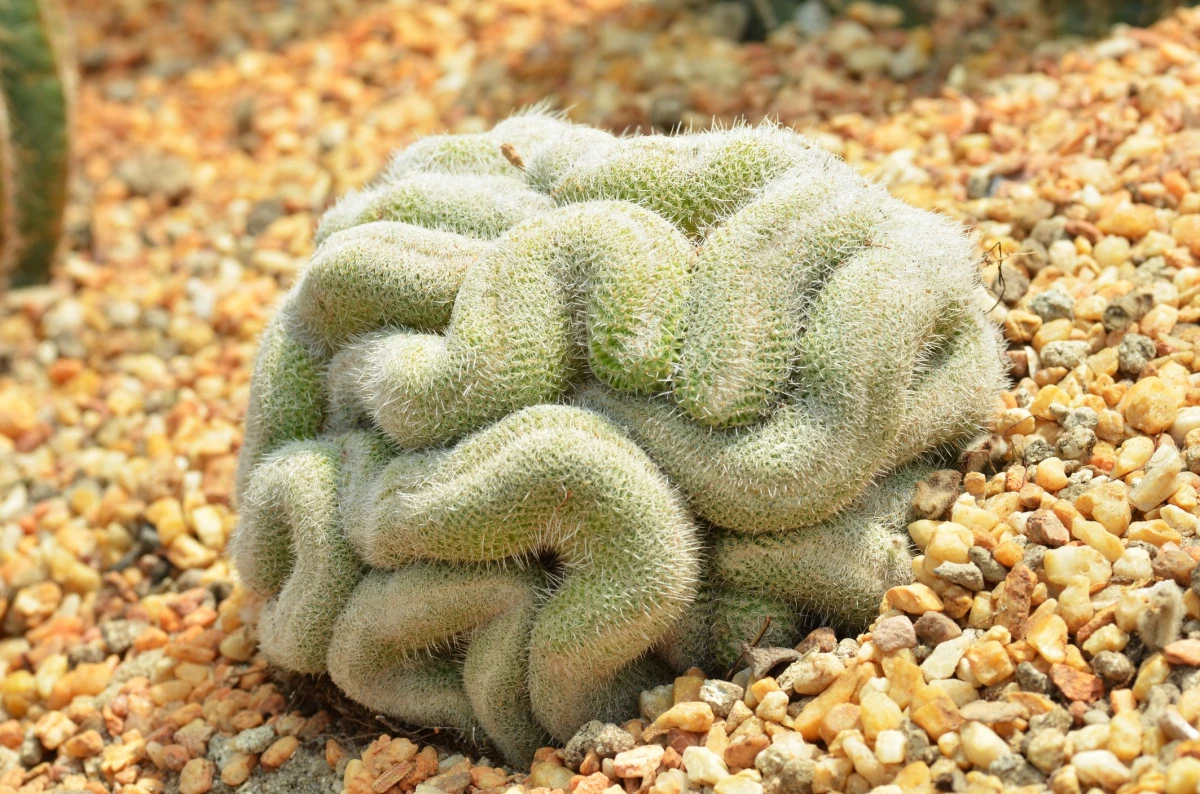
3. ‘Black Star’ Calla Lily
This plant is pure elegance with a dark twist. The flower, called a spathe, is a stunning, velvety purple-black. It provides a dramatic, sophisticated vibe.
Difficulty: (Intermediate)
Professional Care Guide:
- Light: Bright, but indirect, light is best. Too much direct sun can fade that gorgeous dark color. An east-facing window is a great spot.
- Water & Soil: These are naturally bog plants, so they like consistently moist soil, especially when blooming. A standard, high-quality potting mix works perfectly.
- Dormancy: After blooming, the leaves will yellow and die back. This is your cue to stop watering and let it dry out. You can store the rhizome (the bulb-like root) in a cool, dark place for a few months and then repot it to start the cycle over. It’s much cheaper than buying a new one every year!
- Size & Cost: They can get up to 2 feet tall when in bloom. You can buy the rhizomes online for about $5-$10, or find a potted, blooming plant for $20-$35 at a nursery or florist.
Heads up: As a reminder, all parts of the Calla Lily are toxic if ingested. This is not a plant for homes with pets or small children who might nibble.
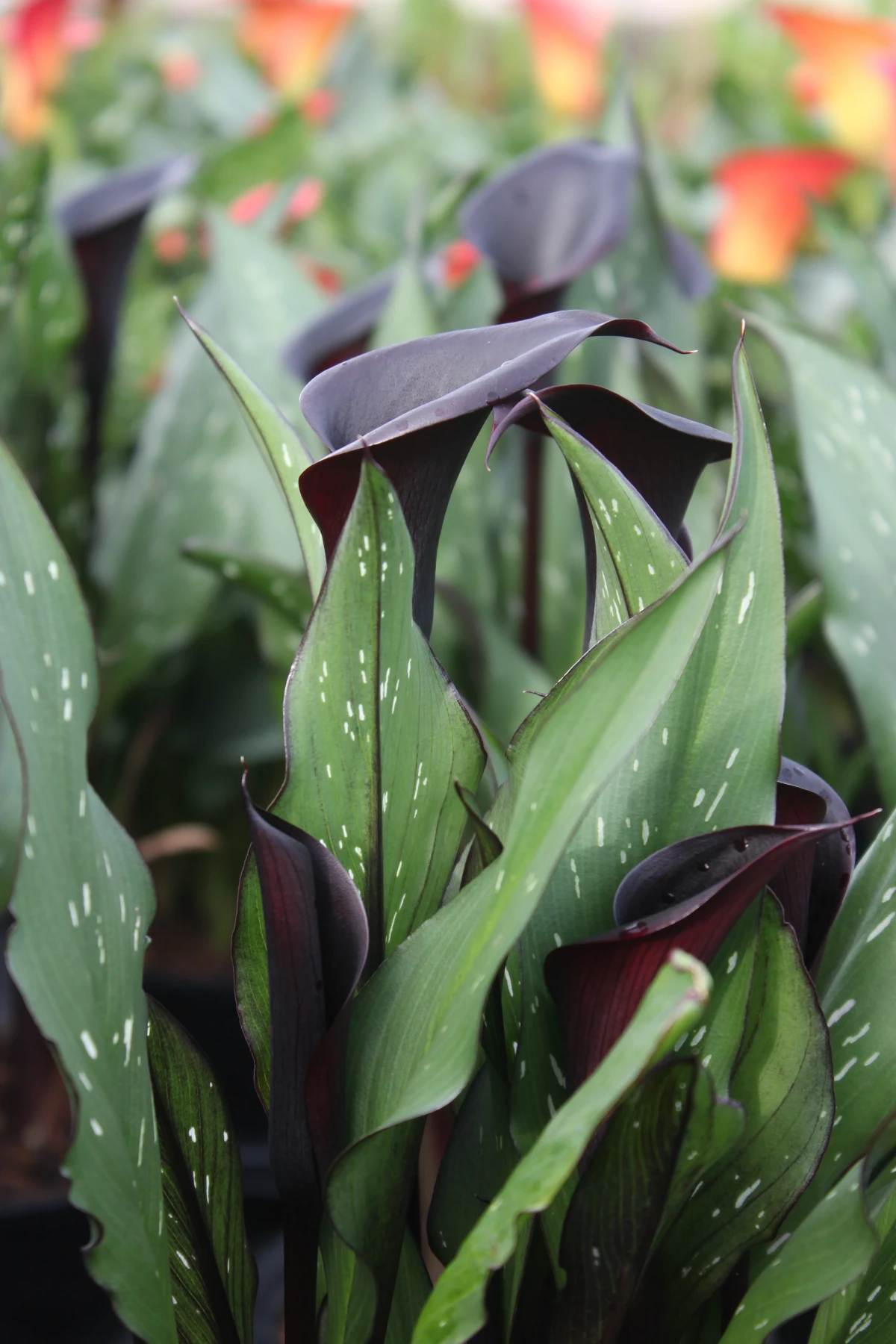
4. ‘Black Velvet’ Alocasia
This one is a stunner. The leaves are a deep, blackish-green with a velvety texture and striking white veins. It’s a compact plant that looks truly otherworldly on a tabletop.
Difficulty: (Challenging)
Professional Care Guide:
- Light & Humidity: Bright, indirect light is non-negotiable. Direct sun will scorch it. But the real challenge is humidity. They need it high—over 60%. A standard home is too dry, so you’ll likely need a humidifier. This is the detail that makes or breaks it for most people.
- Water & Soil: These are very prone to root rot. Let the top two inches of soil dry out before watering thoroughly. A chunky, airy soil mix is essential. I use a blend of potting soil, perlite, and orchid bark.
- Size & Cost: This is a great desk or shelf plant as it usually stays under 1.5 feet tall. They’ve become quite trendy, so expect to pay $20 to $50 for a small plant at a good nursery or online plant shop.
A common pitfall: These plants are magnets for spider mites, especially in dry air. I check the undersides of the leaves every week. If you see tiny webs, act fast with an insecticidal soap.
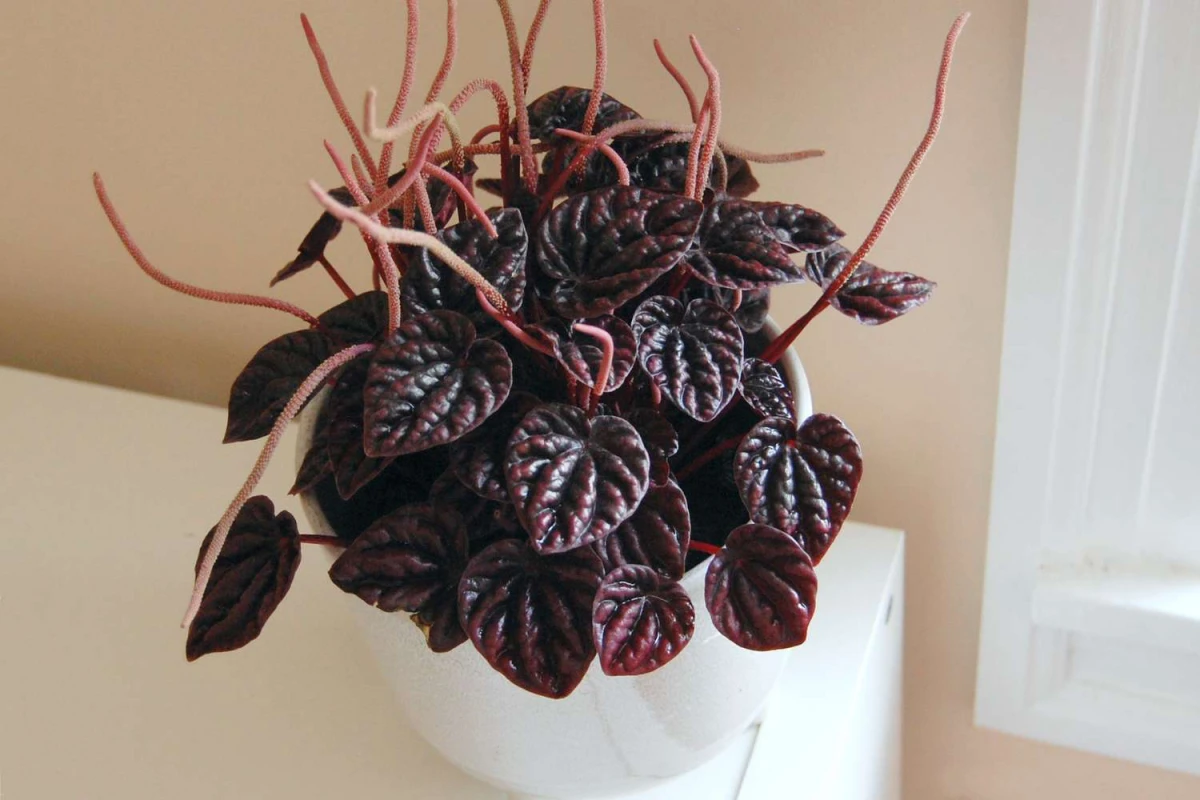
5. The Black Bat Flower
And now, for the final boss. This is a true showstopper, but it’s not for the faint of heart, in looks or in care. The flower looks like a bat in flight, complete with long, hanging “whiskers.” It’s a plant that absolutely commands a room.
Difficulty: (Expert Level)
Professional Care Guide:
- Light & Humidity: This is a tropical understory plant. It needs bright, indirect light and very high humidity (60-70%). For most homes, a humidifier running nearby is a must.
- Water & Soil: Keep the soil consistently moist but never soggy. Use a rich, well-draining mix (potting soil, peat moss, and perlite is a good combo). Use filtered or distilled water if your tap water is hard, as it can get brown leaf tips.
- Size & Cost: The plant itself can get about 2-3 feet tall, but its whisker-like bracteoles can hang down another foot! This is a collector’s plant. Don’t expect to find it at a big-box store. You’ll need a specialty online grower, and prices usually start around $50 and can go well over $100 for a mature plant.
My personal lesson: I once tried to acclimate one to a spot in my home I knew was a bit too dry. It drooped and crisped within a week. It taught me that you can’t force a plant to like conditions it isn’t built for. You have to respect its nature.

Feeling Intimidated? Try These ‘Spooky-Lite’ Alternatives
Not quite ready for a Bat Flower or a finicky Alocasia? No problem. You can still get the look with much less stress. Try a ‘Black Knight’ Echeveria for a dark, moody succulent that thrives on neglect. Or, for a super easy, low-light option, you can’t go wrong with a classic Spider Plant—the name alone is spooky enough!
Staging Your Creepy Collection for Maximum Drama
A great plant becomes incredible with the right presentation. This is where you get to be creative.
Choose a cool pot. Don’t just leave it in the plastic nursery pot! A dark, matte-black ceramic pot can complete the look. You can find a basic terracotta pot for a few dollars, or a stylish ceramic one for $15-$25 at places like HomeGoods or a local nursery. Just make sure it has a drainage hole. That’s a non-negotiable rule.
Group them up. A single plant is nice, but a cluster creates a whole scene. Play with height and texture. Pair a dark-leaved Alocasia next to a bright orange pumpkin for a stunning color contrast.
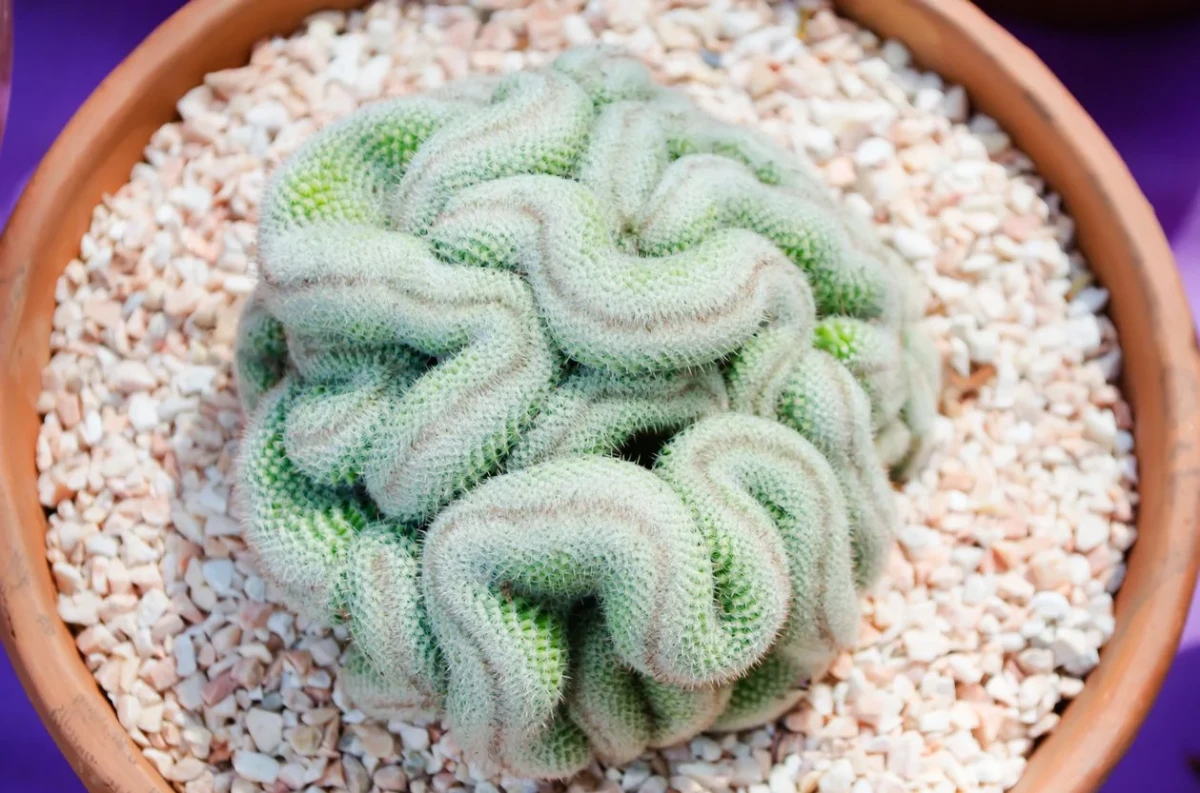
Your mission, should you choose to accept it: Grab a small flashlight tonight, place it on the floor, and aim it up at one of your plants. You will be amazed at the giant, monstrous shadow you create on the wall. It’s a simple trick we pros use to add instant drama.
After the Holiday: A Commitment to Life
Here’s the best part of using live plants for seasonal decor: you get to keep them. This isn’t a disposable prop; it’s a commitment. You’ve brought a living being into your home that relies on you.
Be ready for their long-term needs. Respect their winter sleep. Repot them when they grow. Your Venus Flytrap isn’t dead in November; it’s just dormant. That Calla Lily rhizome isn’t trash; it’s the promise of next year’s blooms. It’s a thoughtful, rewarding way to decorate, and in return, you get a beautiful houseplant you can enjoy for years to come.
Inspirational Gallery
Wondering why your prized dark-leafed plant is turning green?
It’s almost certainly a cry for more light. The deep purple and black pigments, called anthocyanins, are a plant’s natural sunscreen. When light is too low, the plant stops producing them to focus all its energy on chlorophyll for photosynthesis. To bring back that gothic drama, move your plant to a spot with brighter, indirect sunlight.
The traps on a Venus Flytrap (Dionaea muscipula) can shut in as little as 0.1 seconds—one of the fastest movements in the plant kingdom.
This incredible speed is a hydraulic process, where water rapidly moves from cells on the inside of the trap to cells on the outside, causing the leaf to snap shut. It’s a fascinating, and slightly unsettling, piece of natural engineering to witness up close.
- Prevents the dreaded root rot.
- Develops a beautiful, earthy patina over time.
- Lets the soil breathe, mimicking natural conditions.
The secret to success for many strange-looking succulents like the Brain Cactus? A simple, unglazed terracotta pot. Its porous nature is far more forgiving of an accidental overwatering than plastic or glazed ceramic.
Create a truly theatrical display by playing with contrasting forms. Don’t just place one plant on a windowsill; assemble a small ‘cabinet of curiosities.’ Combine the architectural height of a ‘Black Velvet’ Alocasia with the creeping, alien-like tendrils of a ‘String of Bats’ plant (Ipomoea platensis). Add a low, lumpy Brain Cactus (Mammillaria elongata ‘Cristata’) at the base for a multi-layered, textured scene that tells a story.
Crucial for Carnivores: Never use tap water or bottled mineral water for your Venus Flytrap or Pitcher Plant. The dissolved minerals and salts will build up in the soil and burn their sensitive roots. Always use distilled water, reverse osmosis water, or clean rainwater to keep them healthy.
For a touch of the macabre on a budget, look no further than the ‘Black Prince’ Echeveria. This small succulent is widely available and affordable. In bright light, its fleshy leaves turn a deep, brooding purple-black, offering maximum gothic impact for minimal investment and space.
Lustrous Black vs. Velvety Darkness
Zamioculcas ‘Raven’: Offers sleek, waxy black leaves that emerge bright green before slowly maturing to a deep, glossy black. It’s a modern, minimalist take on spooky.
Alocasia ‘Black Velvet’: Features soft, matte leaves with a velvety texture and contrasting bright white veins. It’s more dramatic and opulent, demanding to be a centerpiece.
Your choice depends on the mood: the ‘Raven’ for a subtle, almost-liquid darkness, and the ‘Alocasia’ for pure gothic texture.
To keep your carnivorous plants thriving, you need a special soil blend that mimics their native boggy environment. Forget standard potting mixes that are rich in nutrients. Instead, use a 50/50 blend of sphagnum peat moss and perlite. Brands like Espoma or Miracle-Gro offer specific peat moss options that are free of the added fertilizers that would harm these unique plants.
A study in the journal *New Phytologist* found that some dark-leaved plants can raise their leaf temperature by up to 2°C higher than green-leaved counterparts in the same environment, helping them thrive in cooler climates.
The experience of a spooky plant goes beyond its look. It’s about the feel of the stiff, almost leathery leaves of a Bat Flower (Tacca chantrieri), or the surprisingly fuzzy texture of a ‘Black Cat’ Pussy Willow stem. These tactile details engage the senses in a way plastic decorations never could, creating a deeper and more memorable connection to your living decor.










